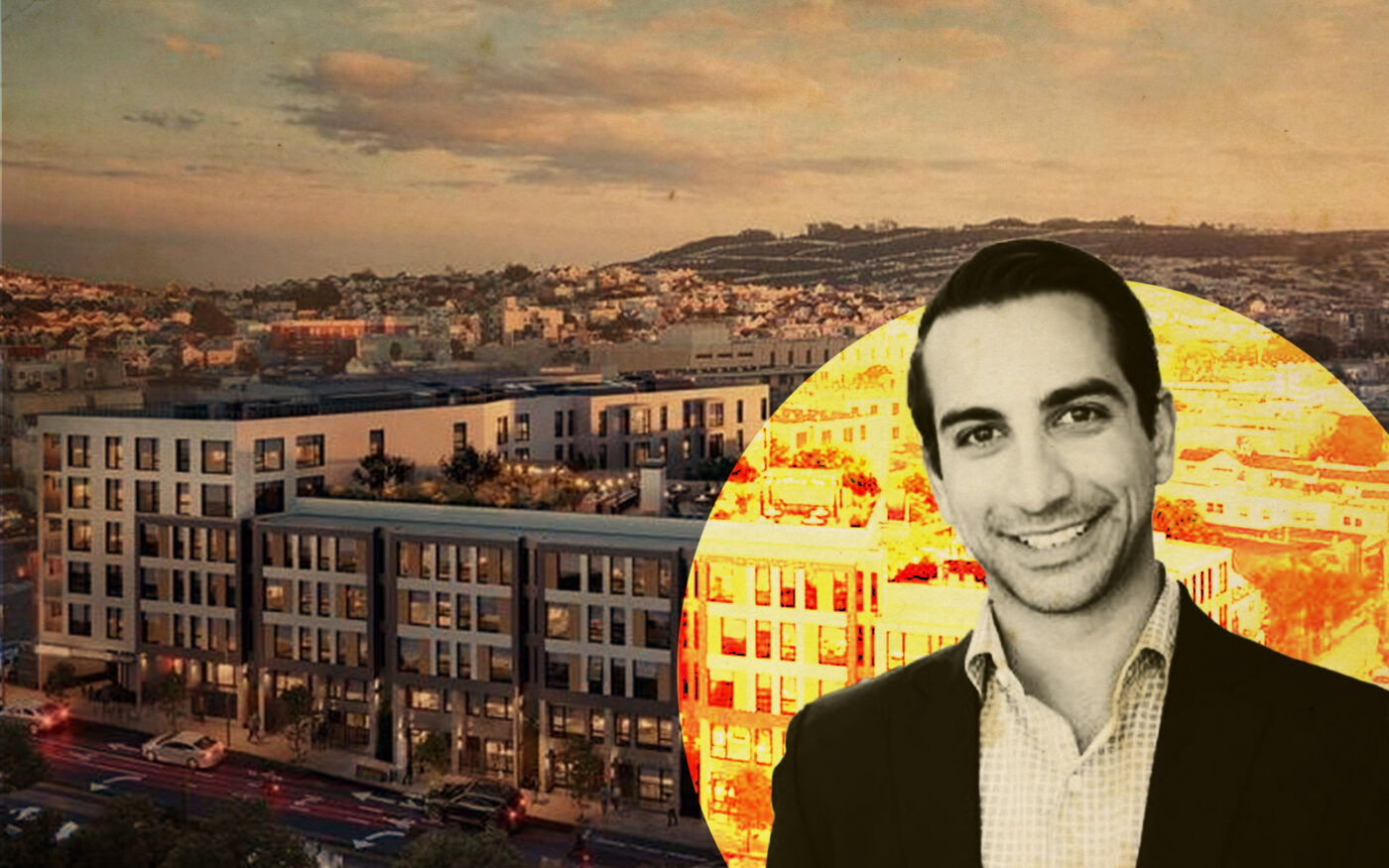 Cyrus Sanandaji's Presidio Bay Ventures navigates commercial real estate's choppy waters
Cyrus Sanandaji's Presidio Bay Ventures navigates commercial real estate's choppy waters
Trending
Where are “missing middle” renters for 182 empty units in San Francisco?
Landlords struggle to fill apartments for households earning from 100% to 150% of AMI

While San Francisco has put a priority on developing homes for the “missing middle” — 84 percent of such available apartments stand empty.
Of the city’s 216 recently completed units targeting workers with incomes high enough to be middle class in most markets, but who are often priced out in pricey San Francisco, 182 are vacant, the San Francisco Chronicle reported.
The units were built for families who earn between 100 percent and 150 percent of area median income, or $130,000 to $195,000 a year for a three-person household.
But just 15 percent of those units have found takers, despite a declared housing crisis, according to the Mayor’s Office of Housing and Community Development.
Developers who are sitting on the vacant below-market-rate units blame a depressed rental market that allows middle-income renters plenty of market options, according to the Chronicle.
They also point to red tape — including city bureaucracy so convoluted that qualifying for an apartment involves more paperwork than it takes to buy a home.
“They have ended up creating such an onerous process to qualify that the process itself disqualifies those most in need,” Cyrus Sanandaji, founder and managing principal at locally based Presidio Bay Ventures, told the Chronicle.
A year ago, Presidio Bay opened Ventana Residences, a 193-unit apartment complex at 99 Ocean Avenue, in the Excelsior.
Ventana, along with the George, a 302-unit complex at Fifth and Mission streets, and the Canyon, a 283-apartment tower near Oracle Park, target essential workers, such as teachers, nurses and firefighters, that make up the missing middle.
But the trio of buildings struggle to fill their moderate-income apartments.
Of the 14 Ventana units targeted for households at the 110 percent income level, only two have found takers. The apartments range from $2,600 for a studio to $3,600 for a three-bedroom flat.
More than two years after its leasing office opened, the middle-income, below-market-rate units at the George are only 26 percent leased.
Ten months after a ribbon-cutting at the Canyon, held up by Mayor London Breed as a model for San Francisco development, the below-market rates units are 27 percent leased.
Despite low demand, more below-market-rate units are in the pipeline for San Francisco.
Of the 82,000 new housing units the state requires San Francisco plan for in the next seven years, 14,000 target affordable to moderate income families earning between 80 percent and 120 percent of area median income — or from $124,000 to $172,000 for a family of four.
That’s nearly 18 percent of the homes planned in the city.
The Mayor’s Office of Housing and Community Development is working to add staff and cut the paperwork applicants are required to submit for below-market-rate apartments, according to Anne Stanley, a spokeswoman.
The city says there is one solution for developers having trouble leasing apartments geared toward the missing middle: charge lower rents. That may be a tough call for some landlords.
Rents in San Francisco are 26 percent below their pre-pandemic high. Under the city’s housing programs, even higher-income below-market-rate apartments have to be at least 20 percent less than similar market-rate units.
At Ventana, Presidio Bay has cut rents by another 10 percent and is offering several months free rent, Sanandaji said. But there is only so far the firm can go.
For private market-rate projects, the higher-income below-market-rate units help subsidize the more affordable apartments.
“We are only able to offer 55 percent (area median income) units because we have 110 percent AMI units,” Sanandaji told the Chronicle. “Without the higher AMI units, we cannot subsidize lower AMI units.”
— Dana Bartholomew
Read more
 Cyrus Sanandaji's Presidio Bay Ventures navigates commercial real estate's choppy waters
Cyrus Sanandaji's Presidio Bay Ventures navigates commercial real estate's choppy waters
 Head of developer Presidio Bay blasts SF Supervisor Aaron Peskin
Head of developer Presidio Bay blasts SF Supervisor Aaron Peskin
 Auto Draft
Auto Draft




